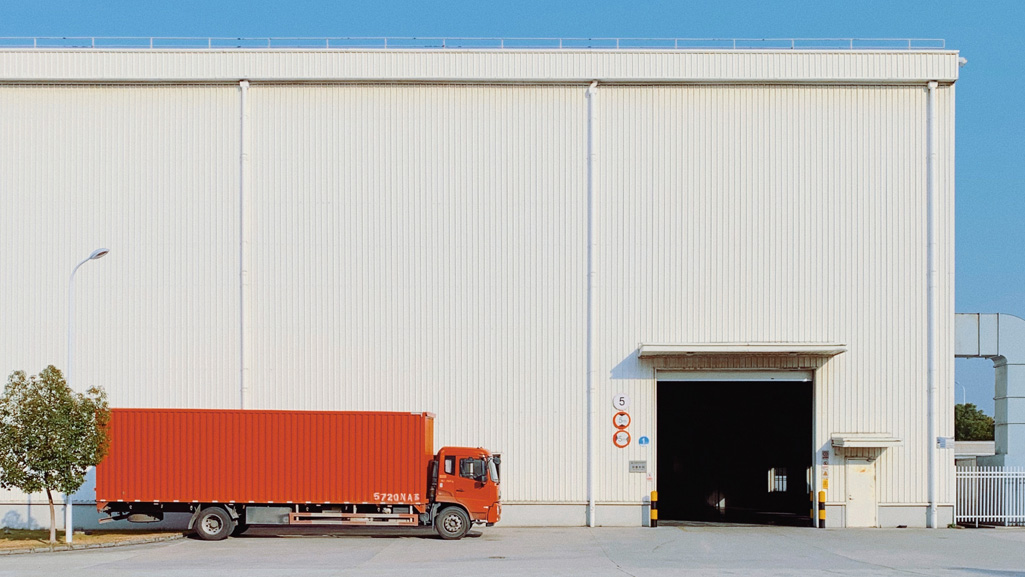Route planning for logistics operations is more complex than ever before, because of an increasing number of requirements and restrictions. Often, the experience and knowledge of transportation planners is simply not enough to create an efficient route planning process. So what are the five most common bottlenecks in transport planning, and how can they be overcome?
Before we start, it’s important to note that transport planners remain indispensable, even when companies use smart digital routing systems. Those systems enable planners to act quickly and adequately, but do not replace them.
Bottleneck 1: Overlooked orders
Transport planners must consider a variety of factors: the orders received, the vehicles available, the drivers present, and all the prerequisites and restrictions. When the number of orders and thus the number of trips increases, one can quickly be overwhelmed and mistakes happen: orders are not scheduled or are added to a tour that is already full.
A tour planning software cannot be overwhelmed and overlook these details. Every order received is automatically scheduled, taking into account all preconditions and restrictions. A clear display shows the planner which orders require extra attention to avoid problems. In other words, planners can rely on the planning software and do not have to constantly check whether they overlooked something.
Bottleneck 2: Dragging orders
Many planners already use IT tools which still involves ‘manual’ work, such as matching orders into fitting vehicles. This is a time-consuming task that requires a lot of concentration. A planner can easily spend several hours before all orders have been combined into complete routes. And if an additional order comes in at the last minute, the process needs to be repeated.
With a route planning system, dragging orders is no longer necessary. All orders are automatically distributed among the available vehicles. This saves a lot of time, which planners can put to better use. And if another order comes in during the process, this no longer causes additional stress.
Bottleneck 3: Insufficient service
Customers’ demands on deliveries are increasing. Many of them want a fixed date or at least a time frame, preferably with advance notice. In addition, companies want the goods they ordered to be delivered directly to the right department, if possible. There are also other constraints: What tools are required for unloading? Is a vehicle with a tailboard necessary, or perhaps a forklift truck?
Keeping track of all the requirements, wishes and restrictions is not easy. As a result, customers may end up not receiving the service they asked for. Here, too, a route planning system is a valuable tool. The algorithms in the software take all restrictions into account. And if it not possible to react to all restrictions, the planner sees it immediately.
Bottleneck 4: Twice at the same address
The more customers, the more efficiently transport companies can use their network. Especially if customers are active in the same sector, the synergy can be an advantage. After all, the chances increase that the transport company will deliver multiple shipments from different customers to the same address. But who pays attention to this? In practice, transport companies often visit the same address twice a day.
When distributing orders among the vehicles, a route planning system automatically checks which shipments have the same delivery address. They are then added to the same route. This prevents unnecessary driving kilometers, and improves customers’ satisfaction since they don’t have to wait for an extra visit from the driver.
Bottleneck 5: Empty runs
Orders differ from each other – in weight, size, and dimension. So, it’s possible for trucks to appear full on paper, while still having space after loading. This should be avoided if we care about reducing road congestion and CO2 emissions.
Route planning software automatically considers the weight and volume of the shipments and ensures that the truck’s capacity is optimally utilized. If the truck still ends up half empty, it might be worth outsourcing the trip. This increases efficiency and helps protect our climate.
